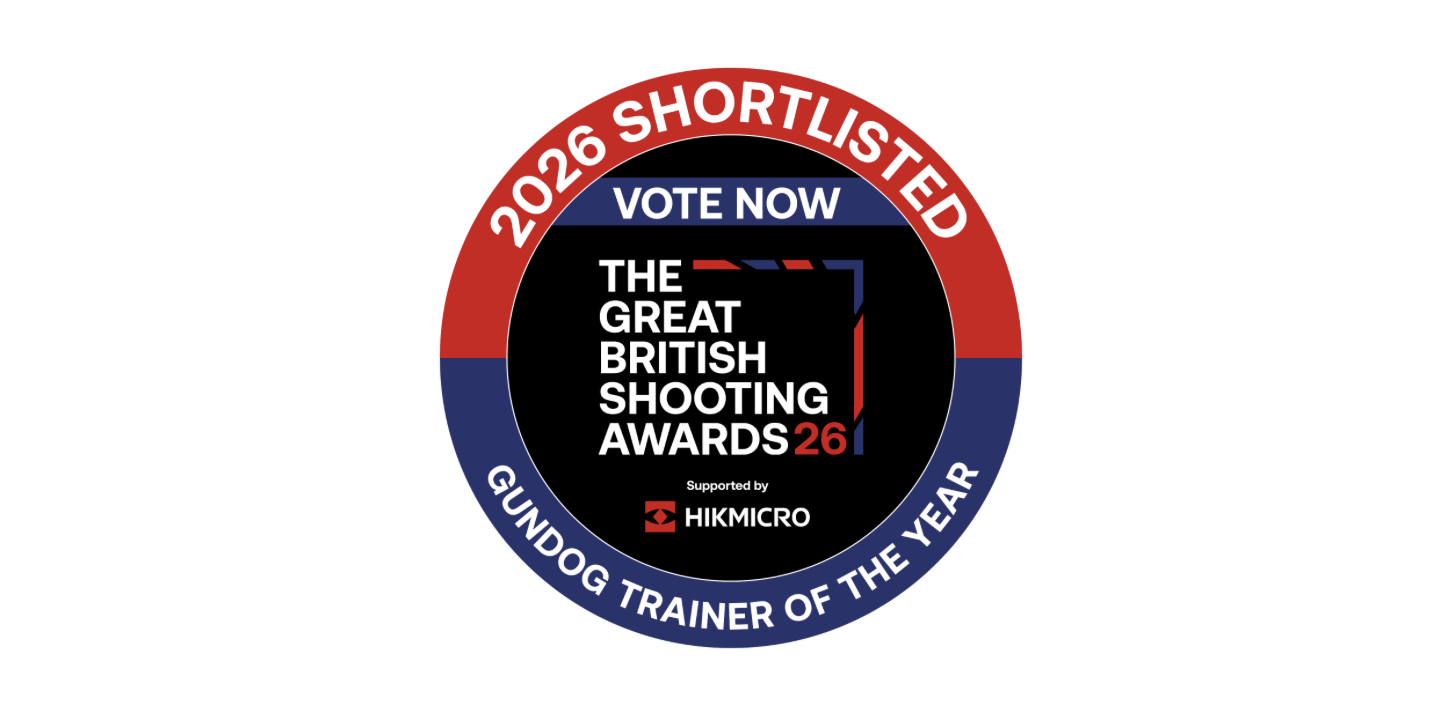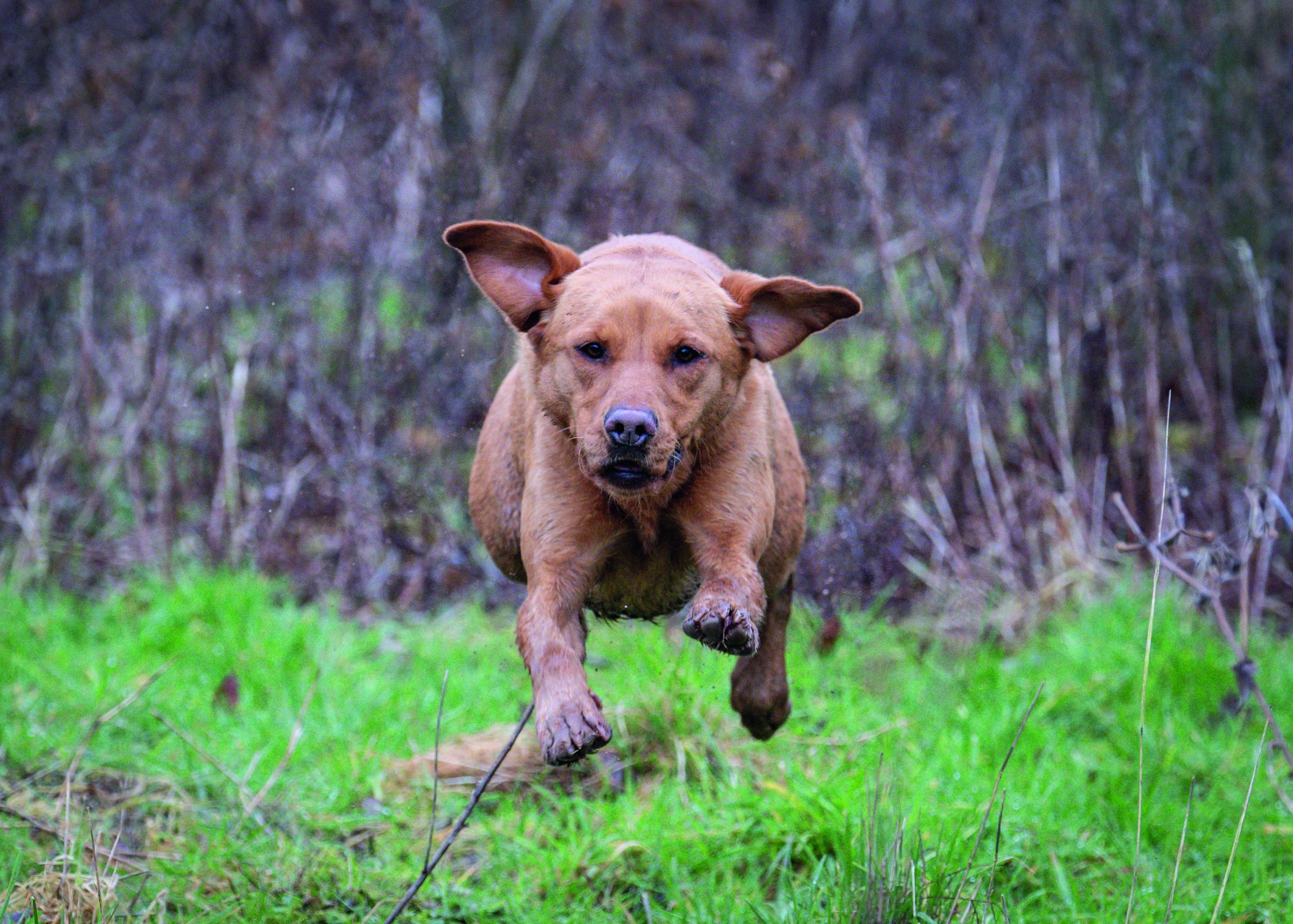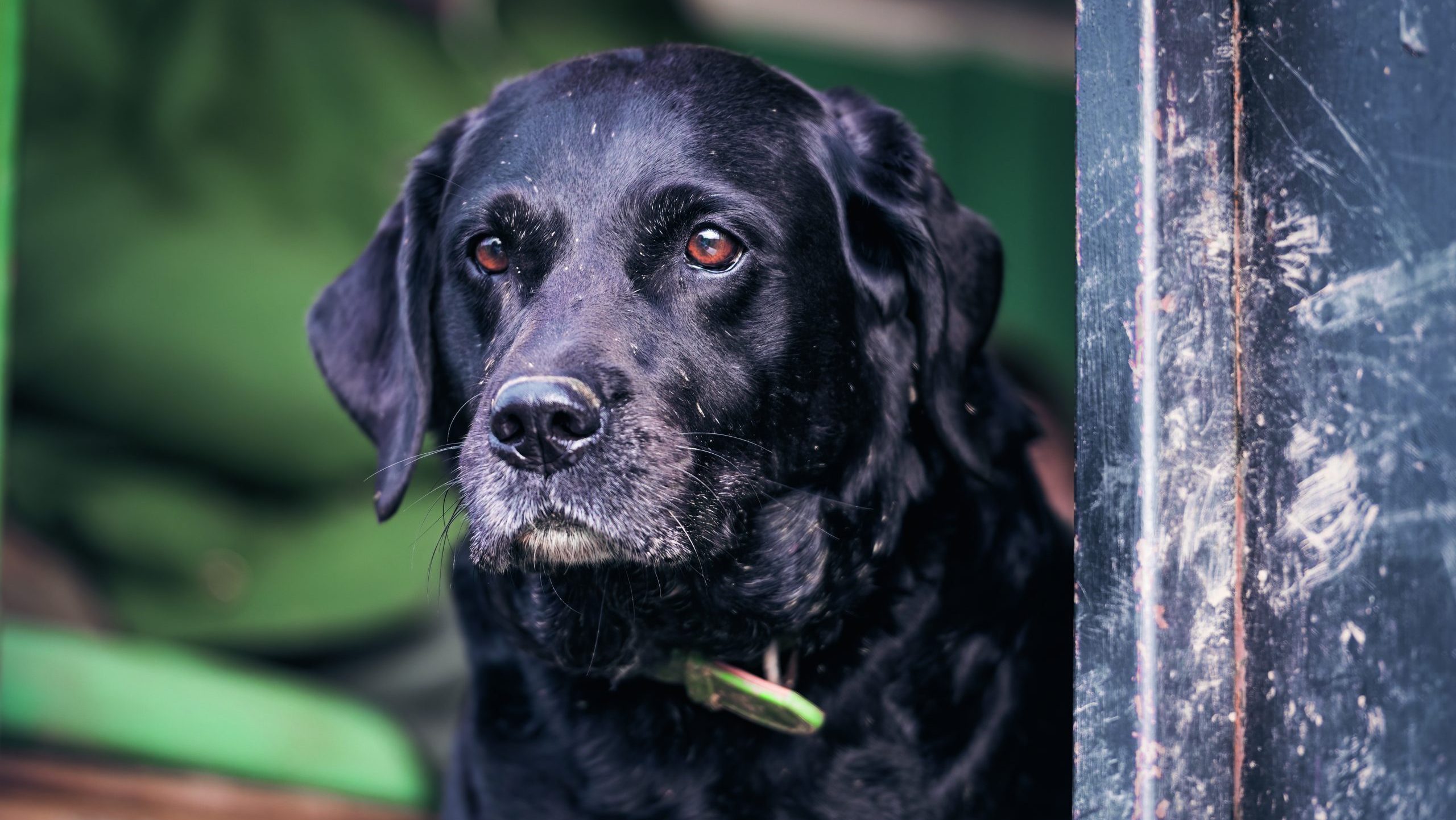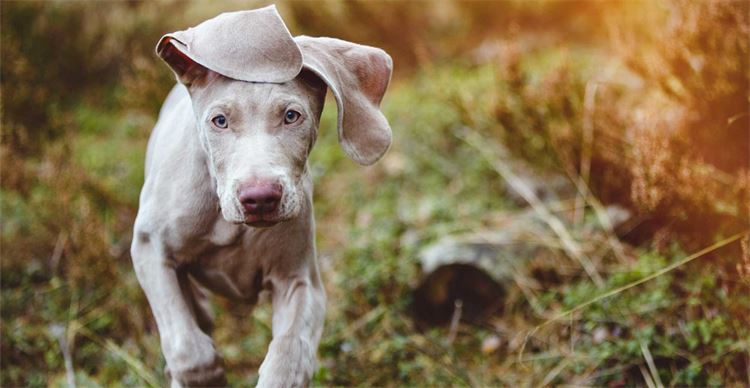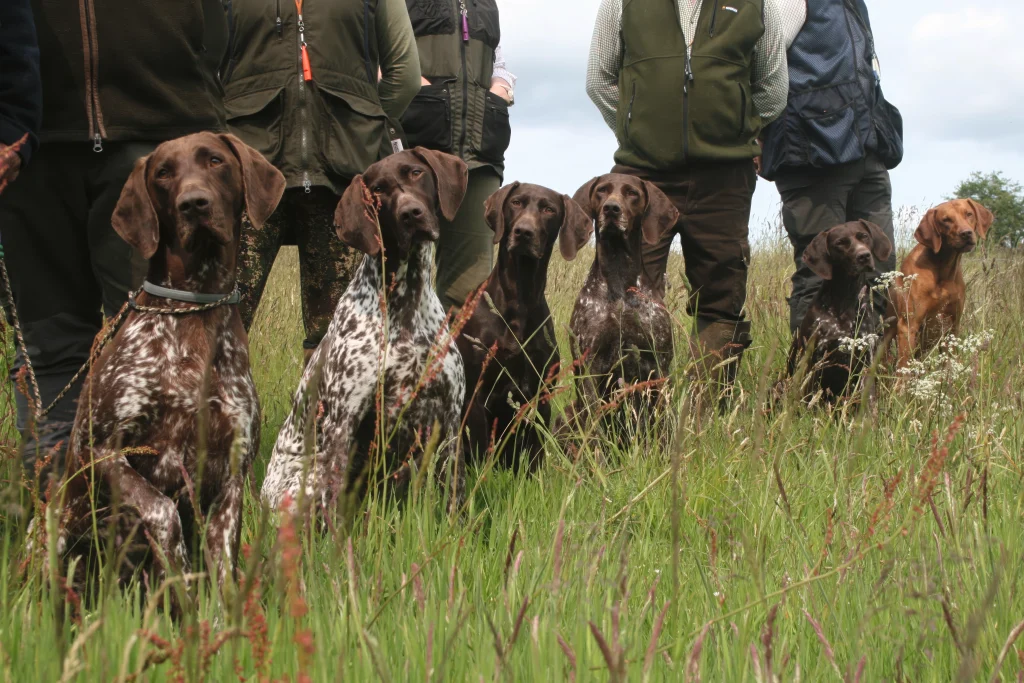Choosing the right breed of gundog
When considering which gundog breed is best for you, follow your head and your heart.

As long ago as 1891, F. R. Bevan, in the 4th Edition of his Observations on Breaking Retrievers, wrote: “I have constantly remarked that men who shoot without dogs tire of sport early in life, whilst all who are fond of animals and of training them retain a long-lasting pleasure in it.” He had a point. More than that, though, ethical considerations – always a priority – are now more pressing than ever. The recovery of wounded game is the first obligation of any sportsman and a trained gundog is essential to that task.
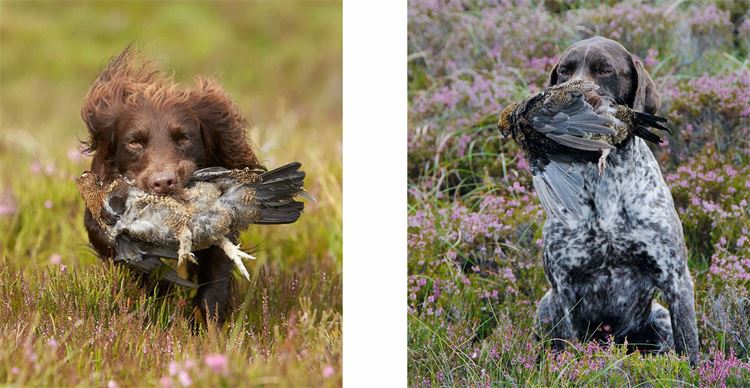
So, there are good reasons why the impulse to get a dog and train it yourself is a strong one. But giving substance to that worthy ambition should prompt a host of questions, most importantly, which breed?
Answering that question involves thinking carefully about the sort of shooting that you principally do. After all, the breeds best suited to lone rough shooting forays may not be ideally suited as peg dogs on a heavy driven day. That isn’t an absolute matter, though, and liking for a breed – the desire to own and work one – is a really important consideration because you are far more likely to establish a good working relationship with a dog that you feel a natural affinity towards. The absolute last thing to suppose, however, is that merely by acquiring a particular breed of dog your problems are solved. It’s what you do with them that really matters.
There are no fewer than 36 gundog breeds, divided principally into four groups: retrievers, spaniels, pointers and setters, and dogs which hunt, point and retrieve (HPRs). The numbers of dogs in the various breeds vary very widely. So, for instance, you may yearn to own and work a field spaniel. But in 2018 just 48 were registered, whereas the corresponding figure for by far the most numerous of the gundog breeds, the labrador retriever, was 36,526. Of the spaniels, cockers are by far the most numerous with 23,927 registrations against 10,152 springers. In retrievers, meanwhile, and to put that towering labrador total in perspective, there were 7,794 goldens and 1,146 flatcoats. In HPRs, where German shorthaired pointers and Hungarian vizslas dominate, their numbers are 1,796 and 2,802 respectively.
These totals are, of course, just that. They include dogs bred purely with showing in mind, whereas you will want to acquire a pup whose ancestors have consistently shown an ability to work, and the figures do effectively indicate how easy or not it might be to do that. That matters because with breeding we are in the realm of probabilities and you will want to maximise the chance that the dog you acquire will exhibit certain key traits which add up to trainability.
Everything depends on what you do with the dog, but your own efforts will have a huge impact on its biddability and responsiveness. And nothing matters more, because that will to please makes the education process so much more enjoyable for you and your dog. And, as we’ve seen time and again, dogs can be trained to do almost anything. So, although spaniels are most at home hunting and flushing they can make effective peg dogs and, while labradors are best suited to sitting at a drive they can, just as effectively, hunt up a hedgerow. The moral is clear. In choosing a shooting companion, follow your inclination and make it work.
Related Articles
Get the latest news delivered direct to your door
Subscribe to Gundog Journal
Unlock the full potential of your working dog with a subscription to Gundog Journal, the UK’s only dedicated magazine for gundog enthusiasts. Published bi-monthly, this authoritative resource delivers expert training advice, in-depth interviews with top trainers and veterinary guidance to help you nurture a stronger bond with your dog.
With stunning photography and thought-provoking content, Gundog Journal is your essential guide to understanding, training and celebrating your working dog.
Save 10% on shop price when you subscribe, with a choice of packages that work for you. Choose from Print & Digital or Digital only with each journal delivered directly to your door or via the app every other month, plus access to past issues with the digital back issue library.



